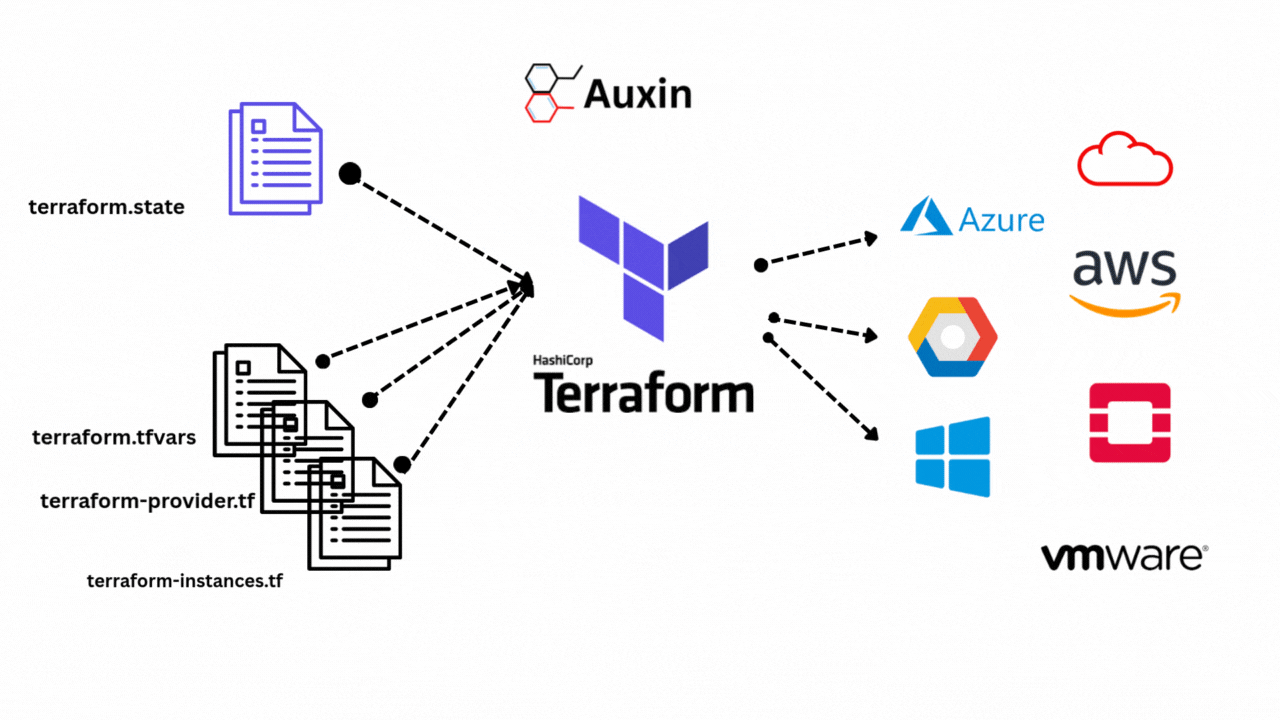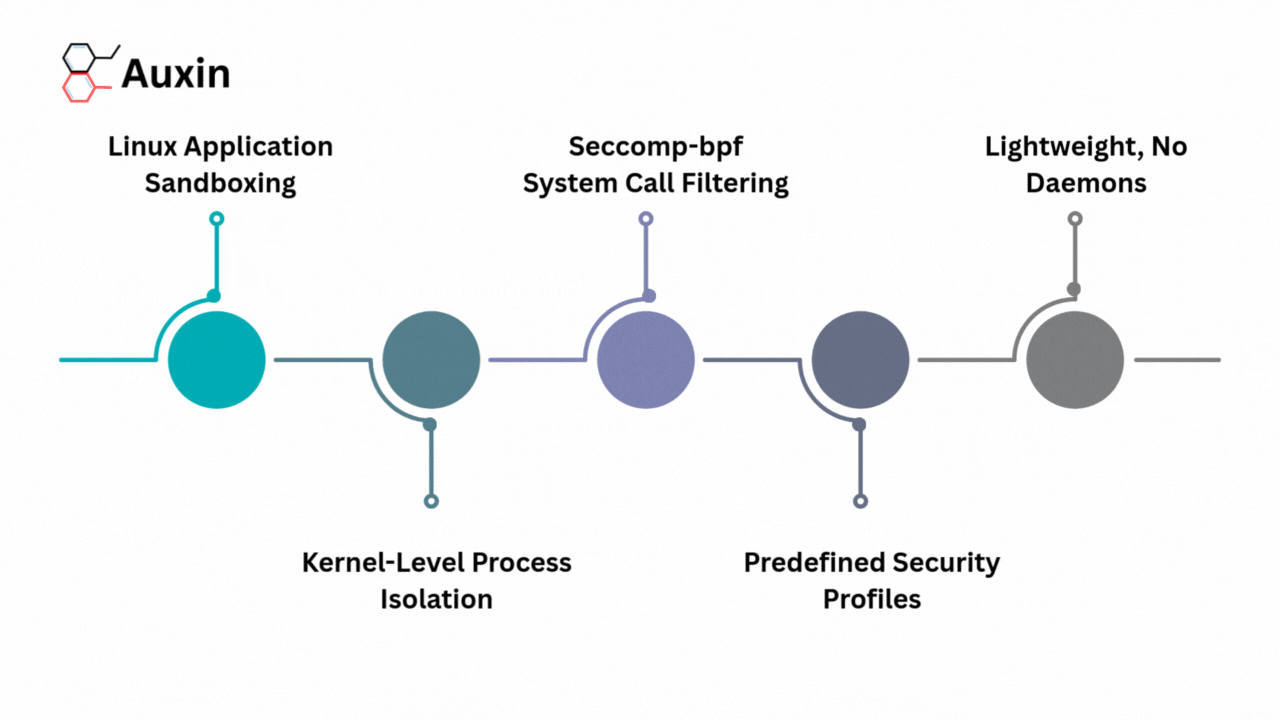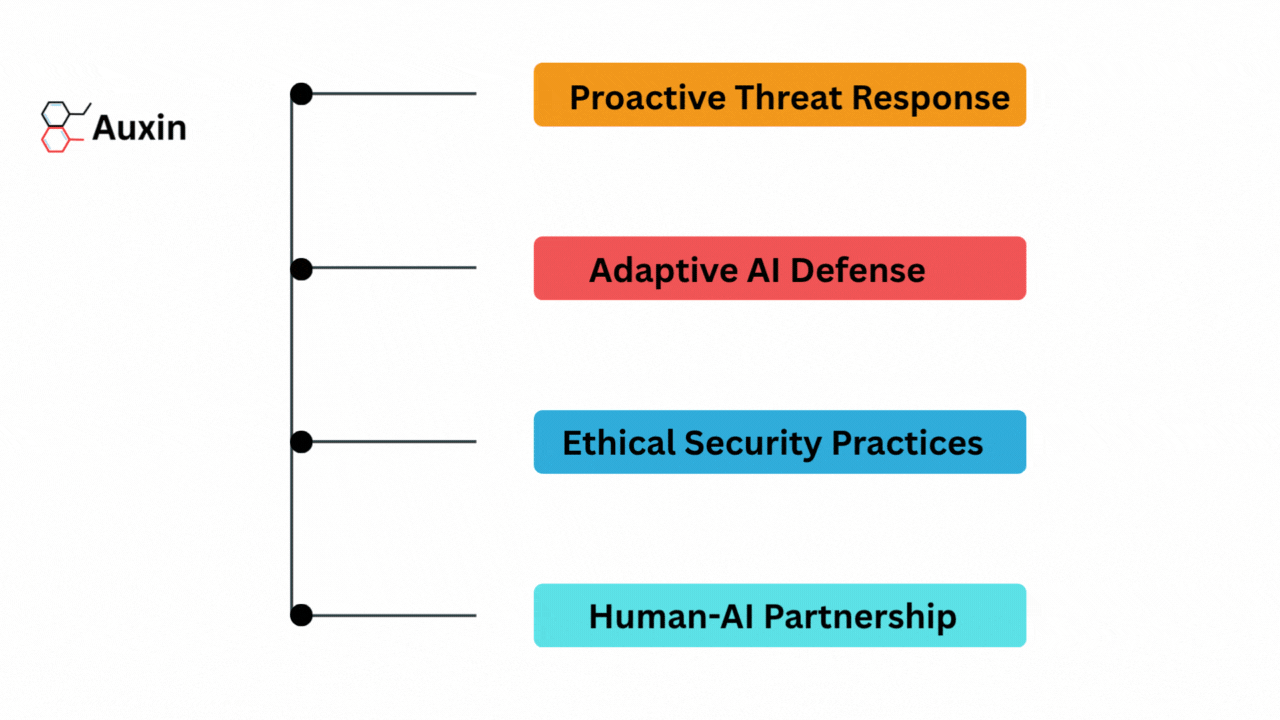The incredible power of AI and a wide range of languages like GPT-4 can revolutionize industries, but in the wrong hands, AI can be the greatest asset for cybercriminals. According to Forbes, as AI’s capabilities continue to grow, so do the threats posed by attackers. Cybercriminals use AI to create destruction on organizations and individuals, from spreading false information to cheating people out of money.
Recent statistics show that 74% of IT security professionals believe that their organizations are most vulnerable to threats from AI.
Cybercriminals increasingly use artificial intelligence to improve their strategies, leading to an ever-increasing number of attacks. For example, penetration depth is expected to increase by 50% to 60% by 2024, with 75% involving senior executives. This shows how AI can be a weapon in cyberattacks and fraud.
Cybersecurity is facing a new, emerging threat. It’s like technological competition, in which we fight against hackers and artificial intelligence machines that can think, adapt, and innovate like never before. As Forbes highlighted, traditional cybersecurity measures are no longer sufficient to protect against these sophisticated attacks. Organizations need a cyber defense strategy with advanced technologies to protect against new threats. Organizations like Auxin security offer custom solutions to enhance an organization’s security posture.
Cyber Warfare: A New Frontier
The emergence of artificial intelligence has changed the nature of cyber-attacks. Attackers now use machine learning algorithms to automate and scale their operations, making traditional methods ineffective. Key developments include:
- Deepfake technology
High-quality video and audio allow hackers to impersonate real people. Advanced threats are expected to increase by 50-60% by 2024, with many incidents targeting high-profile individuals such as CEOs.
- Automated phishing
Cybercriminals can create highly personalized phishing emails on a large scale, making them harder to detect and convince than ever before. According to a new report by cybersecurity firm Slash Next, phishing attacks increased by 1,265% between the end of 2022 and 2023, much of which was driven by artificial intelligence tools.
- Adaptive Threats
Cyberthreats driven by artificial intelligence can modify their code to go undetected by security systems, complicating efforts to combat them. Organizations must invest in AI-based security solutions to anticipate and respond to these evolving threats. In this new era of cyberattacks, robust security changes that can identify AI attacks are critical.
Quantum Computing: Emerging Threats to Cybersecurity
- Encryption Vulnerability
Quantum computers are particularly vulnerable to widely used encryption methods, such as RSA and Advanced Encryption Standard (AES), which protect sensitive information in finance and healthcare. These algorithms rely on mathematical problems that quantum computers can solve faster than conventional computers but can be blocked. For example, quantum computers can break Rivest Shamir Adleman (RSA) encryption in hours, which would have taken older computers thousands of years to accomplish.
- Preparing for Quantum Attacks
Organizations must switch to encryption-based technologies to protect their data from future compromises. Experts recommend adopting post-quantum cryptography standards as soon as possible. The National Institute of Standards and Technology (NIST) is developing these standards and expects to complete them by 2025. As the threat of quantum attacks grows, this approach is essential for businesses concerned about privacy.
Cybercrimes On Social Media
With billions of users worldwide, social media platforms have become a target for cybercriminals seeking to exploit personal information. The combination of generative AI and social media allows users to carry out sophisticated attacks that can expose sensitive information or compromise company security.
- Sophisticated Social Engineering Attacks
The combination of AI allows criminals to copy human behavior and appearance, making distinguishing between interaction and fraud difficult. For example, deep learning can generate real audio and video content that can be used for phishing attacks. By 2025, experts predict that attacks targeting personal information will increase, especially on social networks such as LinkedIn.
- Fraud and Crime
Cybercriminals increasingly use personal information to create fraudulent schemes on social media. By identifying personal information, they can develop scammers who use users to reveal sensitive information or commit fraud. According to a recent report of Mix mode, 70% of social media users have experienced fraud, highlighting the need to take urgent measures.
- Leveraging corporate security
Social media is a platform for personal interaction and a gateway for cybercriminals to enter the business environment. By exploiting trust in professional networks, attackers can control employees while compromising the company’s value. This threat is particularly concerning as organizations rely on remote work and virtual communication.
How To Develop an Effective Cybersecurity Strategy
As cyber threats continue to grow, organizations must develop robust cyber security strategies to protect their sensitive data and maintain organizational integrity. Here are some key points to consider when creating a comprehensive cybersecurity strategy:
- Employee training and awareness
Regular training on recognizing fraud attempts and understanding the risks associated with using social media is key to creating a security-conscious culture within your organization. Research shows that organizations with strong training programs experience 70% fewer successful frauds. Auxin Security offers Personalized training programs designed to enhance employee awareness and reduce the risk of cyber threats.
- Create a security risk assessment
Identify your organization’s vulnerabilities and infrastructure. Based on your business’s various threats, a comprehensive risk assessment helps determine your security needs. According to a Netwrix survey, 60% of organizations that regularly conduct risk assessments report adequate security. Auxin Security provides expert advice to help organizations accurately assess environmental exposure.
- Current Technology Assessment
Review your technology stack to ensure it meets the latest security standards. The assessment should include software, hardware, and network infrastructure. Regular updates and additions are essential; a 2024 report found that unsecured vulnerabilities cause 80% of breaches. Auxin Security Cloud Security Service protects your IT infrastructure against emerging threats.
- Choose a Security Framework
Create a cybersecurity framework, such as NIST or ISO 27001, to guide your security efforts. These systems provide a structured approach to managing and mitigating cybersecurity risks. Organizations using the system have seen a 50% reduction in security incidents. Auxin Security can help you implement this system effectively, ensuring compliance and security.
Auxin Security’s expertise in DevSecOps and cybersecurity can help organizations better execute strategies and increase protection against emerging threats.







